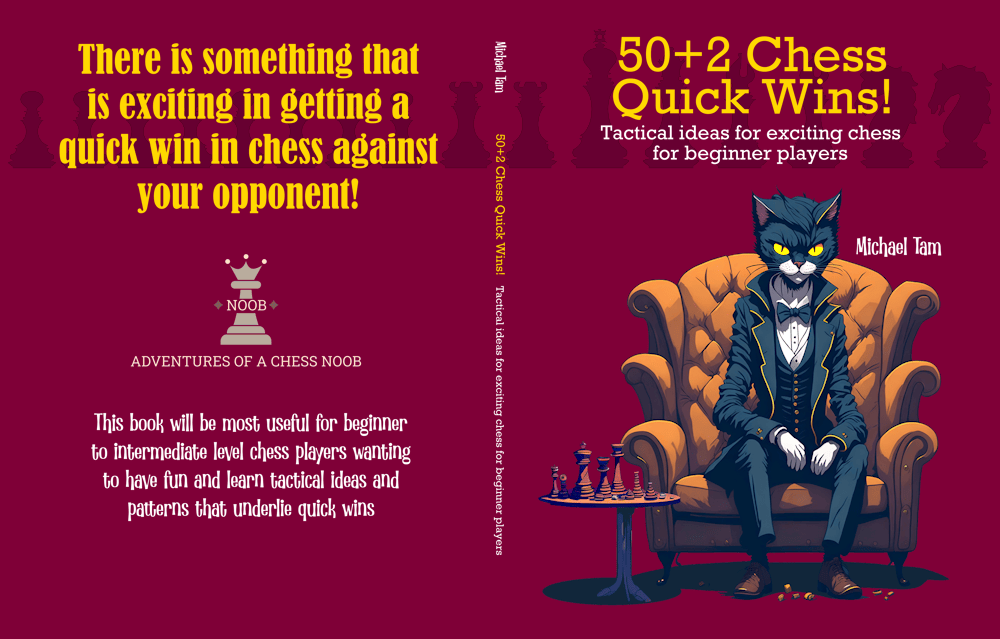
Smith-Morra Gambit | CRUSHING the Sicilian Defense ⚡ Quick Wins #101
#sicilian #smithmorra #quickwins
Today’s chess noob Quick Win is a very lovely game sent in by long time subscriber @AndyDeco. It’s a fantastic demonstration of how things can go very wrong for the Sicilian Defense player who is unprepared against the Smith-Morra Gambit!
But first, some great news! My new book, Become a Chess Assassin! Learn to play the best chess opening attacks will be released next Monday, November 11th 2024, on Amazon worldwide!

![]()
* * *
![]()
Those of you who follow my channel will know that the Smith-Morra Gambit is my favourite move against the Sicilian Defense, which I don’t otherwise like playing against with White. The Sicilian Defense (1. e4 c5) is one of the best responses by Black against the King’s Pawn Opening (1. e4). The database statistics are quite interesting. In the Lichess community database, it’s one of the few where Black immediately equalises the win likelihood (White 48% vs Black 48%) on turn 1. The Sicilian is very good!
However, White regains the advantage with the Smith-Morra Gambit. From the perspective of playing accurately, Black pretty much should accept the gambit and by turn 4 (1. e4 c5 2. d4 cxd4 3. c3 dxc3 4. Nxc3), White has a win advantage over Black of 52% vs 44%. 😊 This is a bargain for the cost of one pawn.
Importantly, the game moving forward will often no longer be Sicilian-ish anymore, which removes the relative advantage that a dedicated Sicilian Defense player will otherwise hold. This is well demonstrated when we consider the position at the end of turn 6.

![]()
What does this look like? It looks like a Four Knights Italian, except that White has a semi-open d-file controlled by their queen, which is a great tactical advantage! This is expressed immediately with (7. Ng5), a Knight Attack and after (7… d5 8. Nxd5!?) we get a structure that is similar to the beginning of the Fried Liver Attack (that is, the Italian Game: Two Knights Defense, Knight Attack line).
White’s (8. Nxd5!?) is a very tricky move, baiting Black to trade knights (8… Nxd5 9. Bxd5), which they did. However, just like in the beginning of the Fried Liver, this is a mistake for Black! White now has two attackers on Black’s f7-pawn and the correct tactical response by Black is difficult to find (Bb4+, as after White plays Bd2 to block check, the bishop is pinned and Qxg5 becomes possible).
My mate captures the f7 with their bishop (10. Bxf7+), which forces Black to bongcloud. With a mating net being woven, one of the best moves for Black is to proactively trade away their queen for White’s attacking bishop and knight! That’s a pretty difficult thing to contemplate.
White prepares a mating attack with (11. b3), opening the dark square diagonal for their bishop, and Black doesn’t see the threat and attempts to kick White’s g5-knight with (11… h6??), a blunder [+M3]. My mate plays the final move of the game (12. Ba3+!), a beautiful combination of the bishop pair, knight, and queen! Black could delay mate by two turns by blocking the check down the dark square diagonal, but reasonably opts to resign rather than play it out. Good game, GG!



